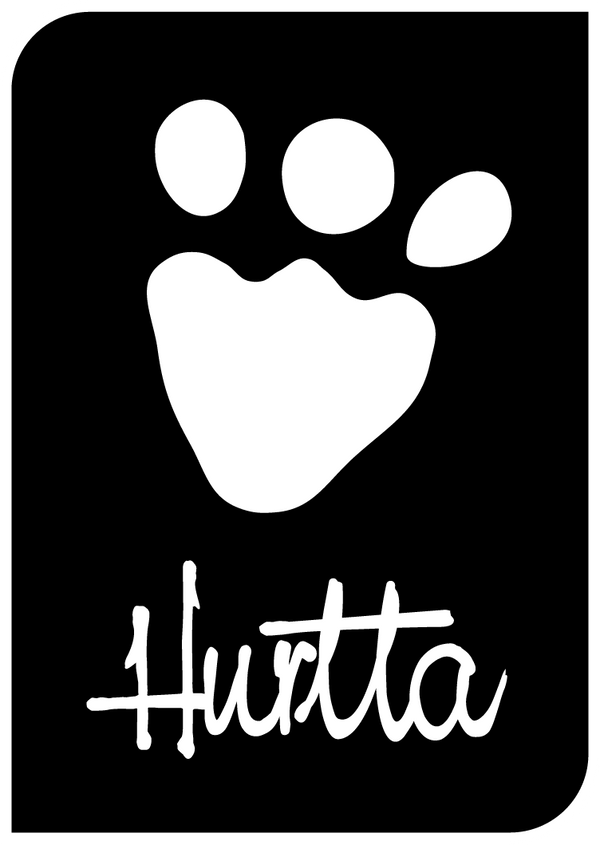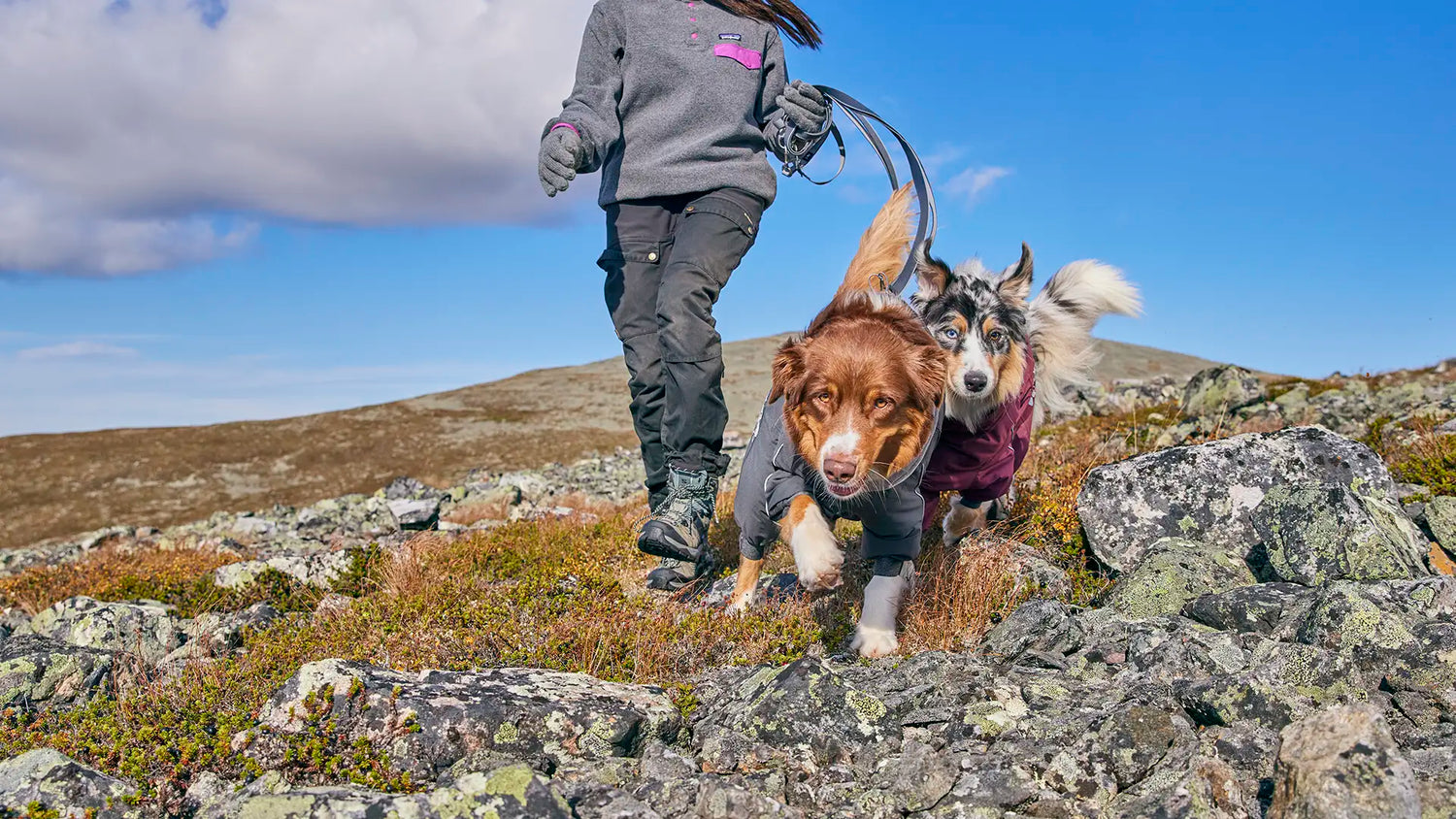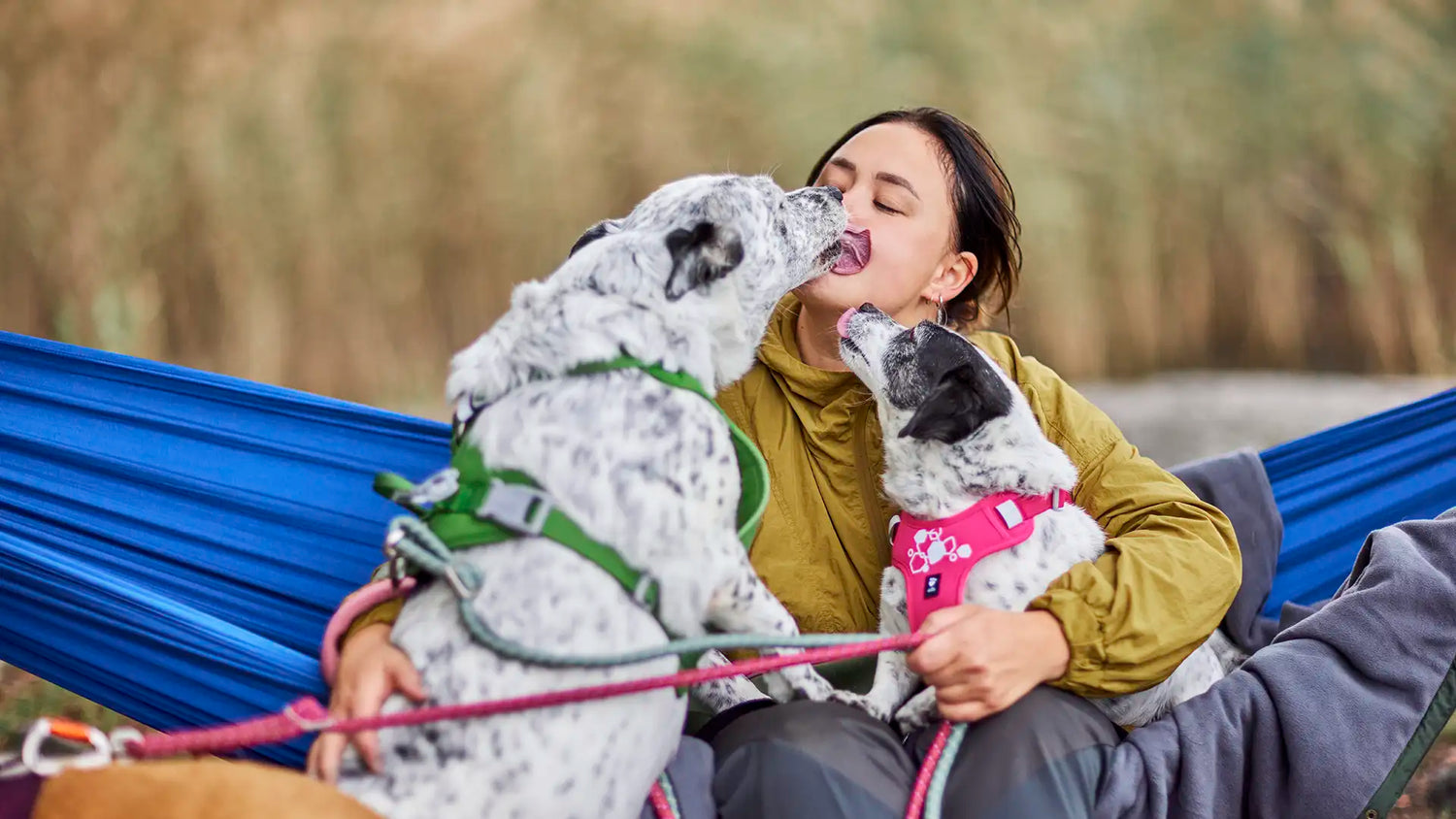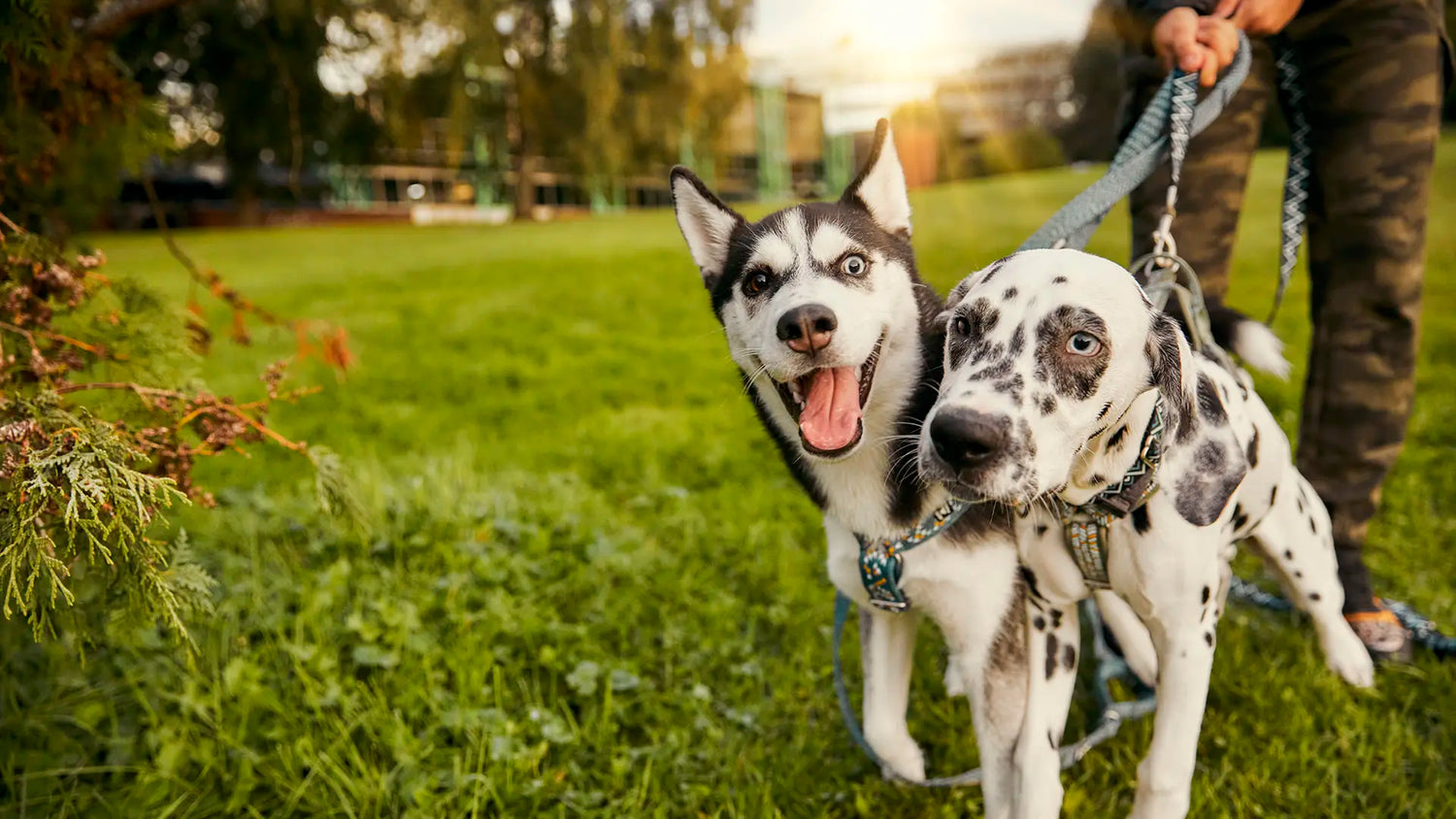The active, balanced years
Welcome to the golden stage of a dog’s life: adulthood. Strong, energetic and ready to be part of every moment (yes, including the muddy ones!).
Adulthood is when your dog moves with confidence, when the basics and everyday manners have been learned, when you and your dog can simply enjoy being together — whether that means exploring new trails, practising hobbies or sharing the simple rhythm of daily life.

When is adult dog age?
An adult dog agerange is usually considered to be from around 1.5 to 7 years old. In this stage, your dog is no longer growing in height or length, but the chest, shoulders, and muscles are continuing to develop. Smaller and medium-sized breeds often complete this maturing phase by around 2 to 3 years of age. Large breeds may continue developing until 5 to 6 years.
Signs your adult dog is healthy
A healthy adult dog often shows it in quiet, everyday ways. Look for:
- Steady energy and enthusiasm for being outside
- Clear eyes and a coat that feels clean and shiny to the touch
- A normal interest in food and regular digestion
- Movement that looks relaxed and comfortable, without stiffness
- The ability to settle, rest and sleep well after activity
- Curiosity about scents, sounds and the world around them
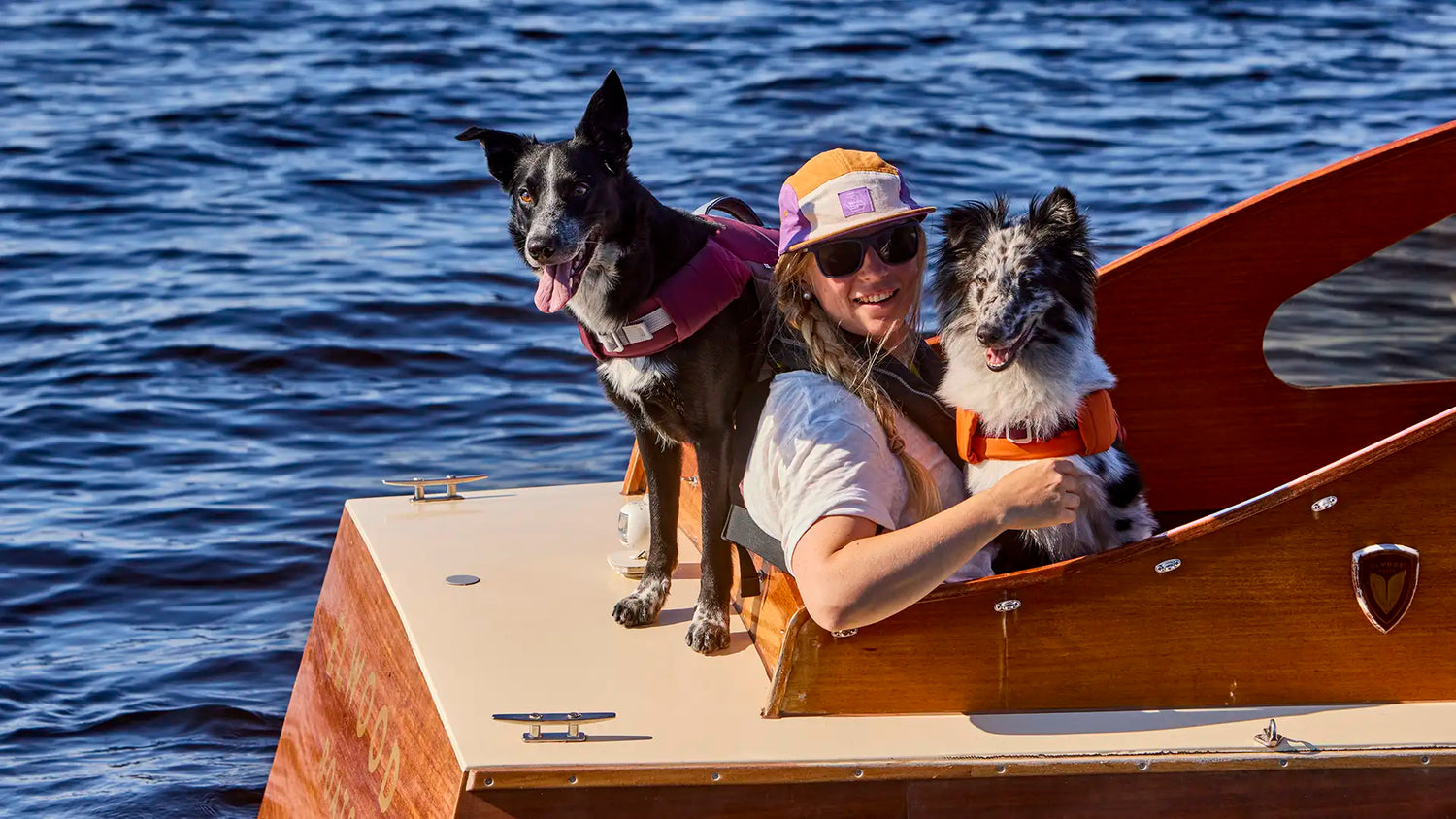
Choosing the right clothing and equipment for an adult dog
With your dog in its most active years, well-fitting gear makes a real difference. A young adult dog whose body is still building strength benefits from harnesses that offer adjustability in the chest and belly. This allows the same harness to be adapted as muscles develop. The shape and depth of the chest, as well as the spacing of the front legs, also play a role in finding the most comfortable fit.
- Breeds with broad chests (like the Staffordshire Bull Terrier, French Bulldog, Rottweiler) suit wide-padded harnesses that distribute pressure evenly
- Deep-chested, narrower breeds (think German Shorthaired Pointer, Dalmatian) often fit more comfortably in harnesses with a narrower belly panel and adjustable length
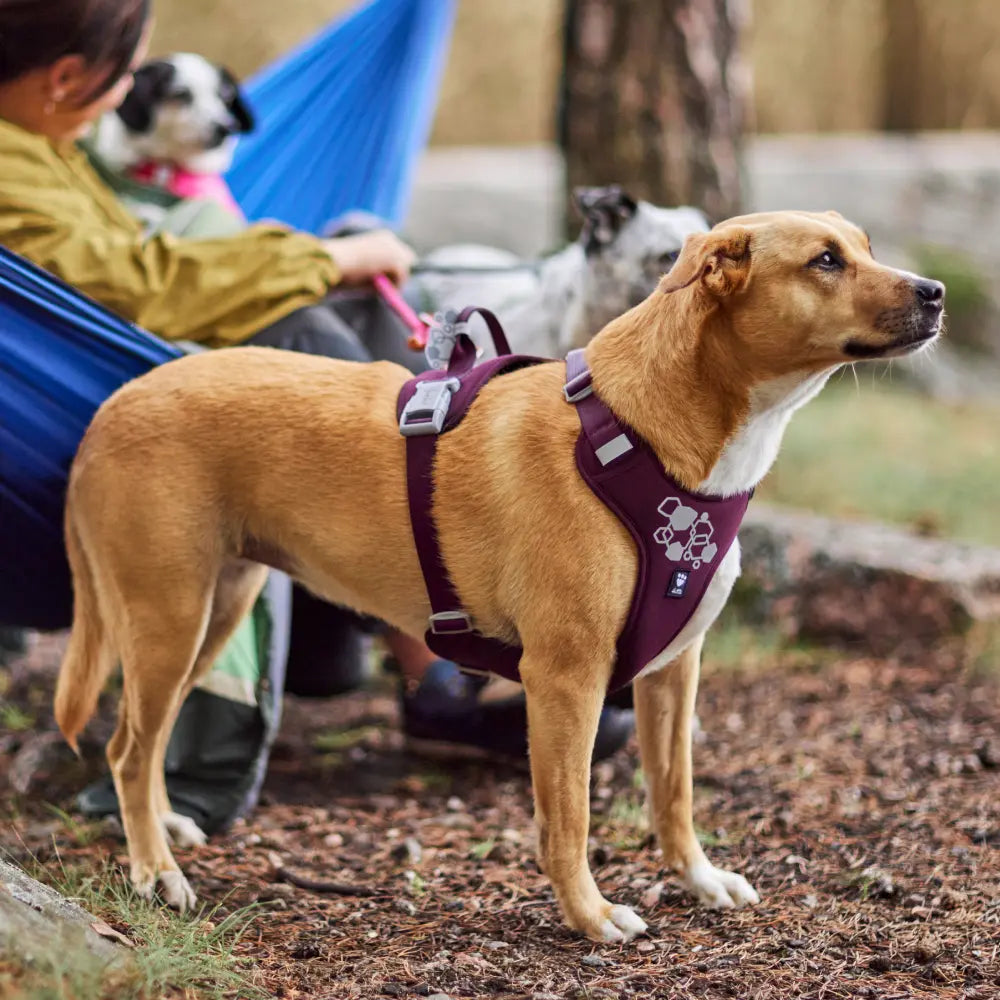
Weekend Warrior Harness II ECO
Wide padding helps distribute any pulling or sudden movement evenly across the chest.

Rover Harness
A narrower belly panel and adjustable length help achieve an ergonomic fit for deep-chested dogs.

What an adult dog’s coat says about its needs
By adulthood, a dog’s coat has pretty much reached its breed-typical texture and thickness. Shedding cycles usually occur twice per year — a thick winter coat in cold seasons and a lighter summer coat during warmer months. Coat type, climate, and the dog’s physical condition influence whether the dog benefits from extra protection when it comes to gear needs.
- Thick- or long-coated dogs in good condition may manage cold without added layers
- Short-coated breeds, such as the Miniature Pinscher or smooth-coated Dachshund, benefit from a warm insulating coat in early autumn
- Long-coated breeds, such as Collies and Poodles, benefit from raincoats or overalls that keep mud and debris off the coat (and out of the house!)
Layering works well during cold rain or wind:
- A warming midlayer close to the body
- A waterproof raincoat as the outer shell

Expedition Parka II
Ideal for short-coated dogs in chilly autumn winds and winter weather.

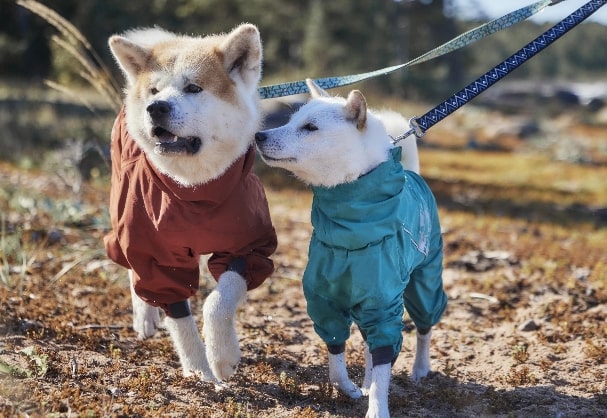
Mudventure Overall ECO
Protects long coats from mud and sand — and helps keep the home cleaner.
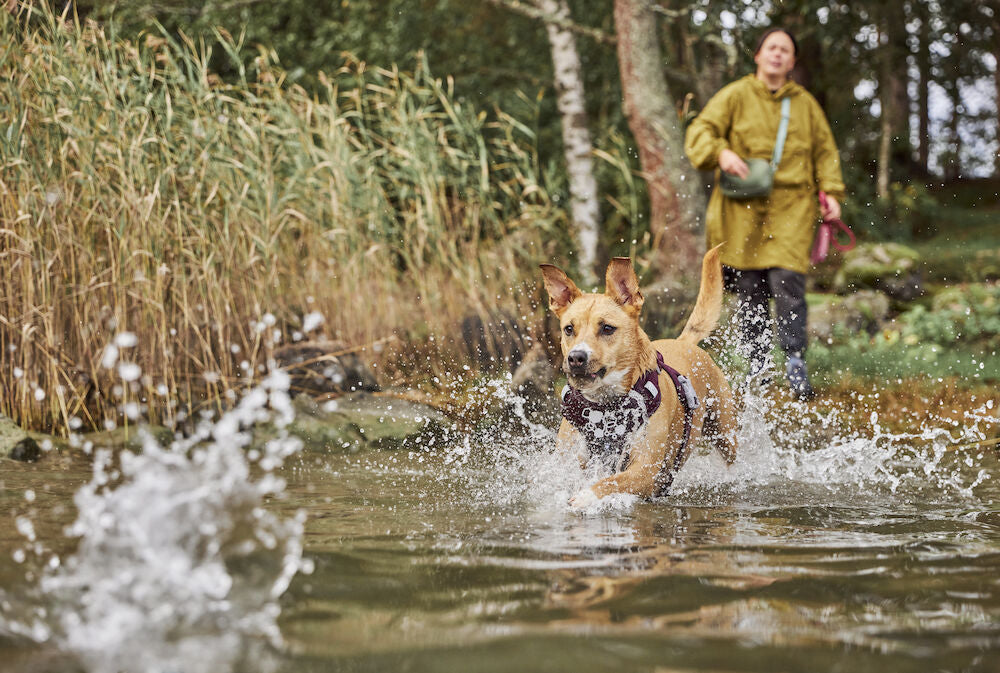
Adult dog hobbies, training and recovery needs
Adult dogs are often calmer and more emotionally balanced than puppies or juniors, yet they remain curious and eager to join in. At this stage, a healthy daily life is built around varied physical exercise, mental stimulation and shared time together.
During adulthood, a dog’s coordination, focus and physical endurance are usually at their strongest. The foundation built during the earlier life stages now supports more advanced activities such as agility, scent work, pulling sports or long hiking adventures. Training sessions can become:
- More varied
- More demanding
- Longer in duration
Adult dogs are generally more capable of working, learning and recovering than when they were younger or after they reach senior age.

Warmth and recovery
Warm-ups and cool-downs matter throughout a dog’s life, but they make a noticeable difference for active adult dogs. Warm muscles move safely, and gentle warmth after activity can help prevent stiffness.
A warming layer is helpful:
- While waiting for turns in agility
- After swimming or time spent in wet weather
- When stepping into a cool car or resting outdoors after activity
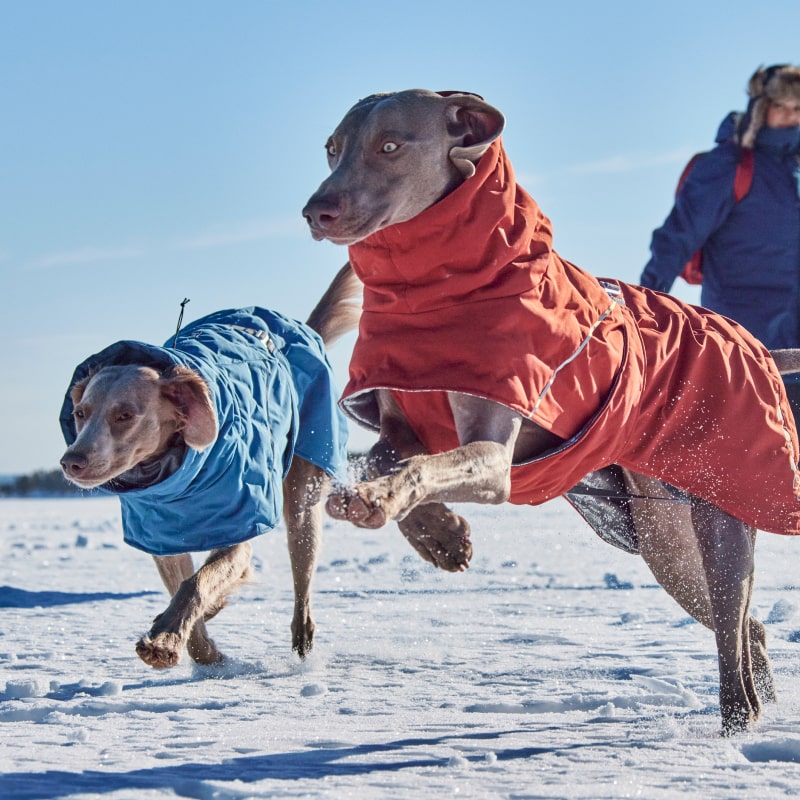
Extreme Warmer III ECO
The foil lining reflects the dog’s own body heat. Our warmest coat.

Extreme Overall
Provides full-body warmth for recovery and time spent outdoors in colder conditions.
